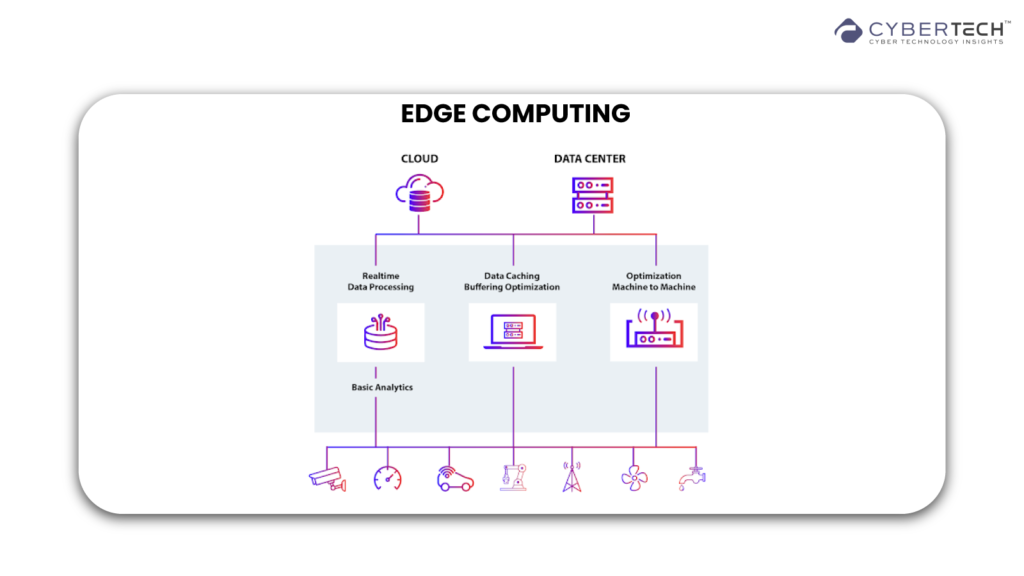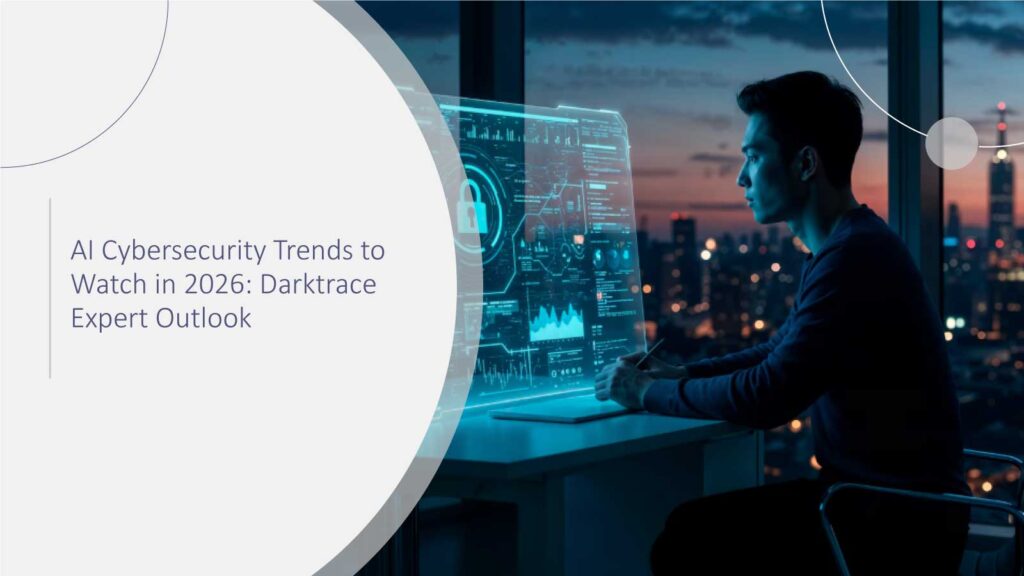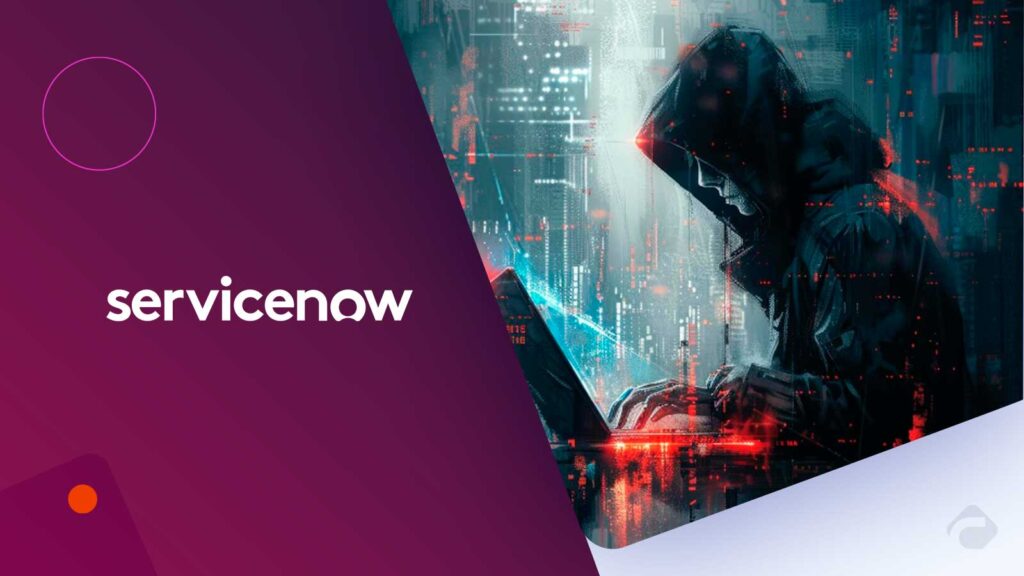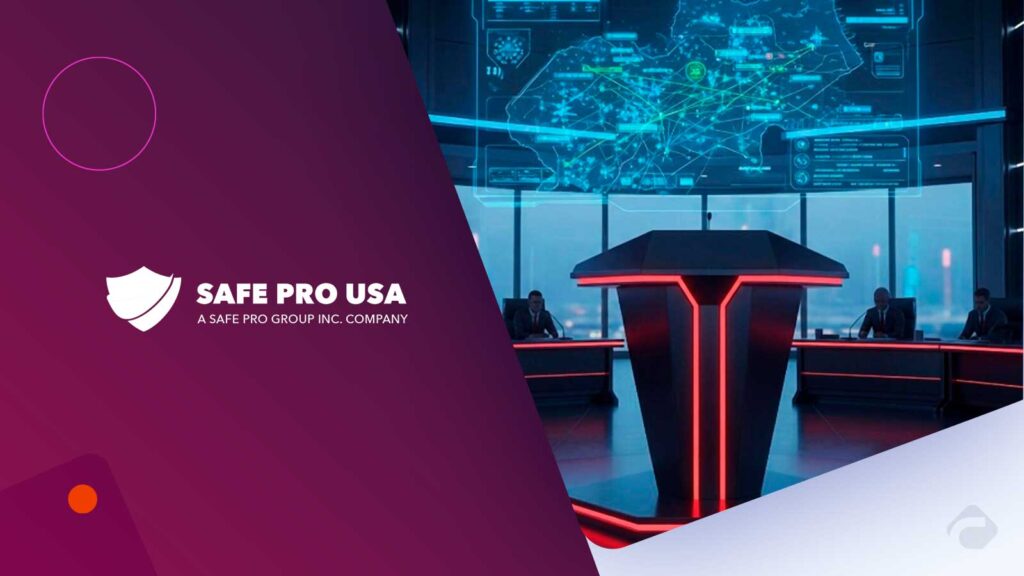Edge computing is changing the way enterprises look at data management. Edge computing can streamline the data processing cycle through edge actions. This shift computation is closer to the point of information generation. But applying edge technology brings new security issues along with it. Gartner has predicted that by 2025, about three-quarters of enterprise-generated data will not be stored in typical data centers or cloud platforms.
Meanwhile, IBM’s 2024 findings revealed that the global average cost of a data breach is now $4.88 million, and the average costs continue to rise. These developments tell an emergent and urgent story. Organizations will need to develop their capacity to protect data and operations. At or near the edge, before this rapidly growing frontier makes organizations most vulnerable.
What is Edge Computing Security?
Security at the “edge” is about securing the data, applications, and infrastructure. Often, decentralized spaces operate at the point in time and locale where they produce the data. Traditional architectures, in view of security, include a security context that depends on (physical correlation. This is because ‘the gateways’ are in a relatively small number of controlled contexts. Edge computing applications mean we are pushing processing across the edge. Further that, we are pushing distributed architectures across many places. An IoT sensor in an industrial site to any mobile phone in the field. Thus opening an entry access point for bad actors.
According to NIST, the example to process near the source of data improves efficiency, but it also increases risk. Organizations often deploy edge nodes along a chain of events in an open area where humans can access them. Therefore, the environmental risk of tampering with or removal of the edge node. Edge nodes operate in heterogeneous environments with varying hardware, varied operating systems, varied security policies, etc. Thus, due to the plurality of endpoints, data is physically accessible.
According to CISA, the best approach to protect the edge is to implement a Zero Trust concept, in which each device, user, and connection is constantly verified rather being taken for granted based just on its location. This concept creates a layered and adaptive defense that corresponds with the distributed structure of contemporary enterprise computing by integrating security into every interaction and transaction. Therefore, edge computing security is not an optional feature; rather, it is a basic necessity to make sure that the very technology intended to provide speed and agility does not instead lead to expensive security breaches and disruptions in business operations.
Why Edge Computing Needs Specialized Security Measures
As companies move their workloads where data is created, new dynamics that require unique security solutions are introduced through edge computing. For one, the number of connected devices at the network’s edge creates a large attack surface. Gartner predicts that by 2025 that 75% of all data created and processed by enterprises will occur outside of cloud or data center environments.
Additionally, the convergence of edge computing with technologies like IoT, 5G, and AI will broaden the attack surface. The larger presence of interconnected systems means more opportunities for an adversary to move laterally through the various poorly secured edge devices into the larger infrastructure. The demands of ultra-low-latency and real-time action may also mean traditional cloud-hosted scanning, patching, or intrusion detection. It may simply be too slow. Security must either be built into systems locally, anticipating threats, validating trust, and responding instantly.
Finally, the stakes for businesses have never been greater. In IBM’s 2024 Cost of a Data Breach Report, the global average cost of a breach soared to $4.88 million. The largest single-year increase since the pandemic began. Disruptions caused by breaches are seldom just financial impacts. Over 70% of organizations reported breaches caused substantial disruptions to their operations. For edge environments, where continuity is often critical to the mission, like industrial automation or healthcare. Such disruptions can equate to production downtime, delays in patient care, and/or impaired adherence to SLAs.
Together, these evolving technological and business contexts make it clear that edge computing cannot solely depend on legacy security models. Instead, organizations must design security strategies that anticipate the unpredictable, decentralize trust validation, and enforce protection at every node. Because in a distributed world, centralized defenses are no longer enough.

Common Threats and Vulnerabilities in Edge Computing
Physical Tampering and Device-Level Compromise
Edge devices are often installed in physical space or remote environments that leave them vulnerable to tampering, theft, and hardware-level attacks. The ENISA 2024 Threat Landscape shows how data-related threats and ransomware have surged across multiple sectors. It further differentiates security incidents into availability disruptions and integrity risks (i.e. data integrity attacks) that have a higher concern now than overall data loss. These physical attacks could occur as implanted malware, component swapping, or physically accessing unprotected ports. If a device is compromised, it can defeat the root of the security chain and put the entire environment at risk.
Ransomware and Double-Extortion Schemes
With extensive investments made for edge infrastructure, there is increased targeting for ransomware groups as their attacks are escalating tremendously in manufacturing, healthcare, and telecom. The U.S. has become the centre of global ransomware activity, with 59% of overall incidents being attributed to the U.S. as late as 2025, with significant incidents occurring in key verticals. It includes manufacturing, healthcare, and oil & gas.
In the instance victims comply, 31% (TechRadar) of them are attacked again. And many not recovering any data at all, as Barracuda Networks found in its review of ransomware suffering organizations, all indicate that previous approaches to recovery have proven ineffectual. These trending risks because particularly dangerous in edge ecosystems where the impact of downtime is operational immobilization, degraded safety, or regulatory offenses.
Network-Level Threats and Advanced Attack Tactics
Attackers are not simply getting stronger – they are getting smarter. According to an ENISA report, adversaries are using trusted platforms and legitimate services. They are doing this to deceptively stealthily “Living Off Trusted Sites” (LOTS) to execute command-and-control over ostensibly trusted communications. This shifts detection mechanisms further away from criminal paths of compromise and makes traversing paths of compromise much more ambiguous and difficult to follow. In edge networks. This is particularly complicated due to decentralized throughput capabilities and a lack of visibility.
New Vulnerabilities in Edge Systems with Minimalism or AI
More edge environments are deploying TinyML and lightweight AI to make localized decisions. Nevertheless, these developments introduce a more significant risk. DevSecOps research on constrained resource TinyML systems suggests that TinyML systems are very susceptible to side-channel attacks and/or information leakage because significant computing and memory constraints usually circumvent traditional security mechanisms. Likewise, decentralized solutions in the threat detection space that use such methods as anonymous neural graph embeddings to provide insights for detecting ransomware demonstrate the combination of opportunities and the difficulty of protecting vast edge attack vectors in real-time.
Supply Chain and Patch Management Weaknesses
Edge installations sometimes rely on firmware, third-party libraries, and vendor-supplied modules, resulting in a broad attack surface defined by supply chain vulnerabilities. ENISA has once again identified supply chain assaults as a major problem, particularly if edge devices are incorporated into larger cyber-physical systems. Furthermore, poor or delayed patching. Whether owing to limited connection or vendor dependencies. It can leave known weaknesses vulnerable forever, raising the risk of compromise across distributed edge nodes.
Key Components of a Strong Edge Security Strategy
Security as a Means of Architecture
When implementing edge environments, security cannot be an afterthought but rather must occur during the design process. All organizations should build their systems; thereby, each edge node enforces trust. Verifying its identity before any engagement. This ensures that the principles established by NIST around secure device identity and trust are in place, wherein each sensor or gateway will account for its integrity before accessing the network.
Encrypting Data End-to-End, at Every Level
From data at rest on the edge devices to transit channels between nodes and central hubs, it is important that encryption happens each time.
NIST and CISA also state, “All controls must protect sensitive information while data is at rest and in motion, protecting confidentiality even when the connection is temporary or data is routed over untrusted networks.”
Zero Trust as an Edge Imperative
Deployment at the edge defeats the purpose of perimeter security, making it even more important to understand Zero Trust. CISA describes Zero Trust as not a single solution, but a model that continuously validates every asset, request, or action according to identity and entitlement. That includes micro-segmentation of the identities, devices, networks, and data collectively. The goal is to limit harm, even if a breach occurs. By isolating critical workloads and enforcing least-privilege access using automation and real-time monitoring.
Automated Detection and Localized Response Ability
Due to the distributed and latency-sensitive nature of edge environments, traditional centralized logging and monitoring fall short. Edge systems need to have embedded, AI- or ML-powered capabilities that can detect anomalies in real time and act on them, even with minimal connectivity to core monitoring entities. This ensures a level of resilience when central resources or systems are unavailable or compromised.
Secure Lifecycle Management and Patching
Organizations often deploy edge devices in locations that preclude manual updates or render them difficult or unsafe. Therefore, they must directly include deploying secure, authenticated firmware and software updates in the system lifecycle. This is proactive asset maintenance. Based on secure supply chain management, prevents legacy or vulnerable components from being points of entry for adversaries.
Prepared for Quantum-Locked Resilience
Emerging threats such as quantum computing require future-focused cryptographic designs. As of August 2024, NIST has released their first three standardized post-quantum algorithms, CRYSTALS-Kyber for key encapsulation, CRYSTALS-Dilithium, and SPHINCS+ for digital signature. The first NIST-approved post-quantum algorithms. These stand as the basis for future-ready edge security. The UK National Cyber Security Centre is advising organizations to begin transitioning to quantum-resilient encryption by 2028 to avoid an environment where their capabilities would still face legacy standards when quantum capabilities arrive.
Organizations may develop a strong and adaptable security posture at the edge. They just need to incorporate these components, build security into the architecture, and use consistent encryption. Along with implementing Zero Trust, automating local detection, ensuring secure upgrades, and preparing for quantum attacks.
Real-World Examples & Case Studies
Healthcare: Using Intelligent Edge Analytics to Identify Sepsis More Quickly
The SPOT (Sepsis Prediction and Optimization of Therapy) platform was created by HCA Healthcare and Red Hat. It uses edge intelligence across distributed systems to continually gather and evaluate location data, lab results, and patient vitals. The outcome? Without relying on centralized cloud services, clinicians can now detect sepsis up to twenty hours earlier than previously, enabling them to act quickly and enhance patient outcomes. This on-premise, real-time processing demonstrates how edge computing may improve the security and speed of vital patient care applications. (Red Hat)
Remote Diagnostic and Ambulance Triage at the Edge:
Edge computing is changing emergency medicine by providing remote diagnostic and ambulance triage capabilities. Projects investigated by telcos such as Vodafone and BT in partnership with STL Partners demonstrate how ambulances outfitted with 5G-enabled edge technologies may transmit real-time patient vitals or video to hospital personnel, allowing for early triage and diagnosis. Such features speed up treatment, improve situational awareness for medical workers, and keep sensitive data contained to nearby processing nodes, reducing privacy issues and bandwidth strain associated with central cloud processing. (STL Partners)
Industrial Optimization with Local Edge Insights
Even outside of healthcare, edge-enabled processes generate measurable benefits. ARC, the world’s largest dinnerware maker, uses edge systems to generate Energy Efficiency Indexes for its furnaces. Using real-time data, production throughput increased while energy usage decreased by around 8% per furnace annually. In another case, a British maritime client implemented a secure edge-enabled solution that ingested high-frequency sensor data directly aboard ships, processed it locally, and saved approximately $200,000 in fuel costs per vessel, demonstrating how edge solutions can drive both operational resilience and cost efficiency. (World Wide Technology)
The Future of Edge Security
Security for the edge is evolving to adaptive, autonomous protections. AI models are now being run directly on edge devices. Eventually, they can identify abnormal behaviors and mitigate attacks in real-time. Further, without the latency of sending data or commands to the cloud.
Networks will be self-healing. They will incorporate telemetry, predictive analytics, and automated remediation to self-heal faults within networks and automatically contain attacks to prevent spread, thus minimizing downtimes and reactive response times. Cryptography will evolve toward quantum resistance. The National Institute of Standards and Technology’s (NIST) new post-quantum standards will help organizations protect long-lived edge assets from “harvest now, decrypt later” threats.
Future architectures will balance centralized policy control with local enforcement, providing enterprises with timely low low-latency, privacy, while combining unified governance.
Edge computing security protects sensitive data and keeps systems running at the network’s edge. AI-powered defenses, self-healing networks, and quantum-safe encryption are redefining the detection and stopping of threats. Organizations that act now will secure their edge environments, safeguard privacy, and maintain the speed needed for real-time operations.
FAQs
1. What is edge computing security?
They protect data, devices, and applications that operate at the edge of the network. Generate data closer.
2. Why is edge security important?
It reduces latency, safeguards sensitive information, and prevents cyberattacks on distributed systems.
3. What are the main threats to edge computing?
Common threats include device tampering, data interception, DDoS attacks, and insecure APIs.
4. How does AI improve edge security?
AI enables real-time threat detection and automated response directly on edge devices.
5. Is quantum-safe encryption necessary for edge computing?
Yes. long-lived edge systems need protection against future quantum decryption threats.
To participate in upcoming interviews, please reach out to our CyberTech Media Room at sudipto@intentamplify.com.







